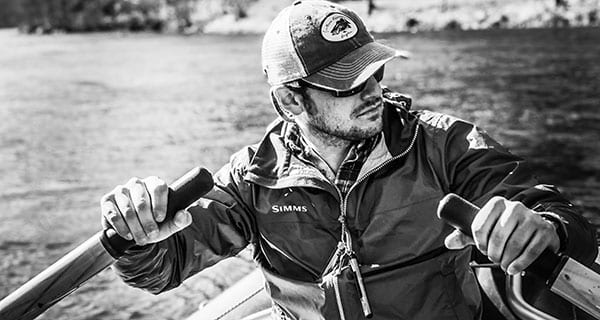There are places I see in my mind’s eye that speak to a time that is so foreign now. Places where wild trout, big wild trout, still take dry flies readily. Where the stream bank isn’t covered in footprints, and nature is as it was before man scarred it with selfish intent.
It’s not very large, maybe about 20 feet wide, at what I named “The Pool,” where a good sized trout is almost guaranteed if the fly is presented correctly. It fishes best in the spring, and I still follow the old rule of “dry flies only” when I go and fish it.
With guiding and a newborn on the way, I seldom have a chance to come back to this place. I did manage, however, to sneak away for a couple of hours to fish here. It was cold, with the trillium just starting to bud on the banks, as I made my way down to the stream on the hidden path my great grandfather carved out years before me.
It had been almost three years since I fished here, but thankfully nothing had changed. The first cast yielded a healthy, heavily spotted, wild brown trout, with many more to follow after. Fish were charging from 5 feet away, some of them knocking the fly so hard it would send it flying into the air. As a fly fisherman, it really doesn’t get better than that.
These are the moments we fishermen live for, what we pray will happen, if only once, during our time on a trout stream. There’s something insatiably magical about it that calls to me to return to this place every spring. Hopefully, I can get my priorities straight enough to make more time to come here in the future. And hopefully, it’ll remain a secret.
Ethan Hollifield is a member of a conservation organization called 2% For Conservation and a guide for Southern Appalachian Anglers
